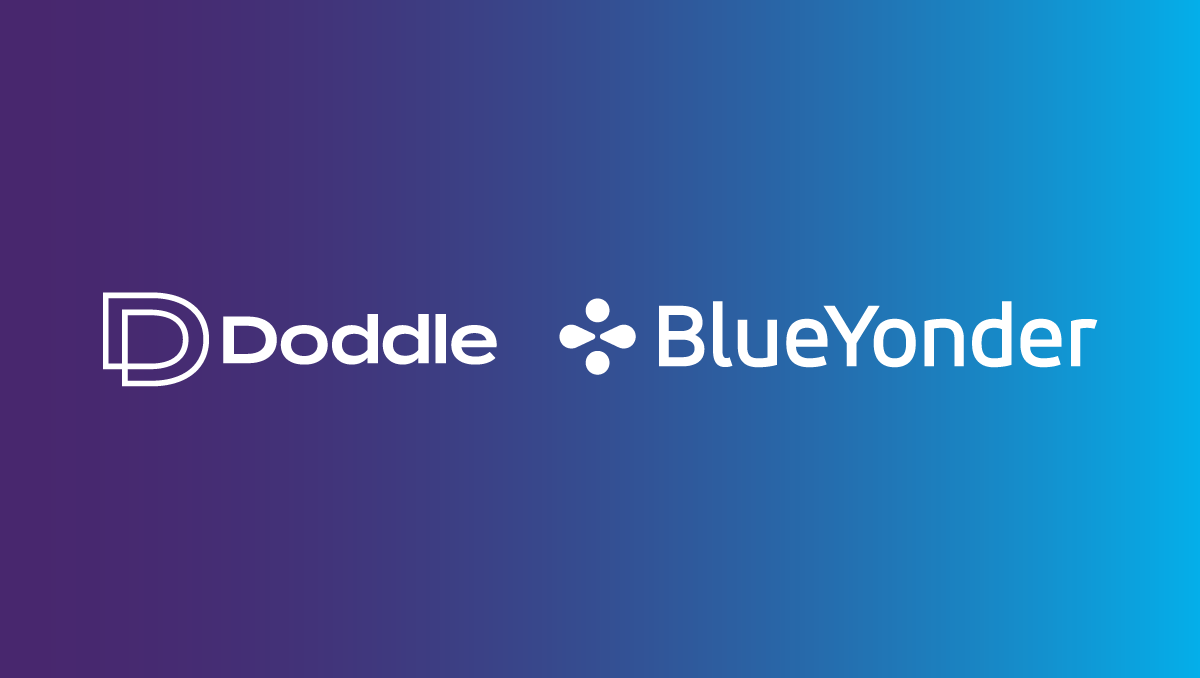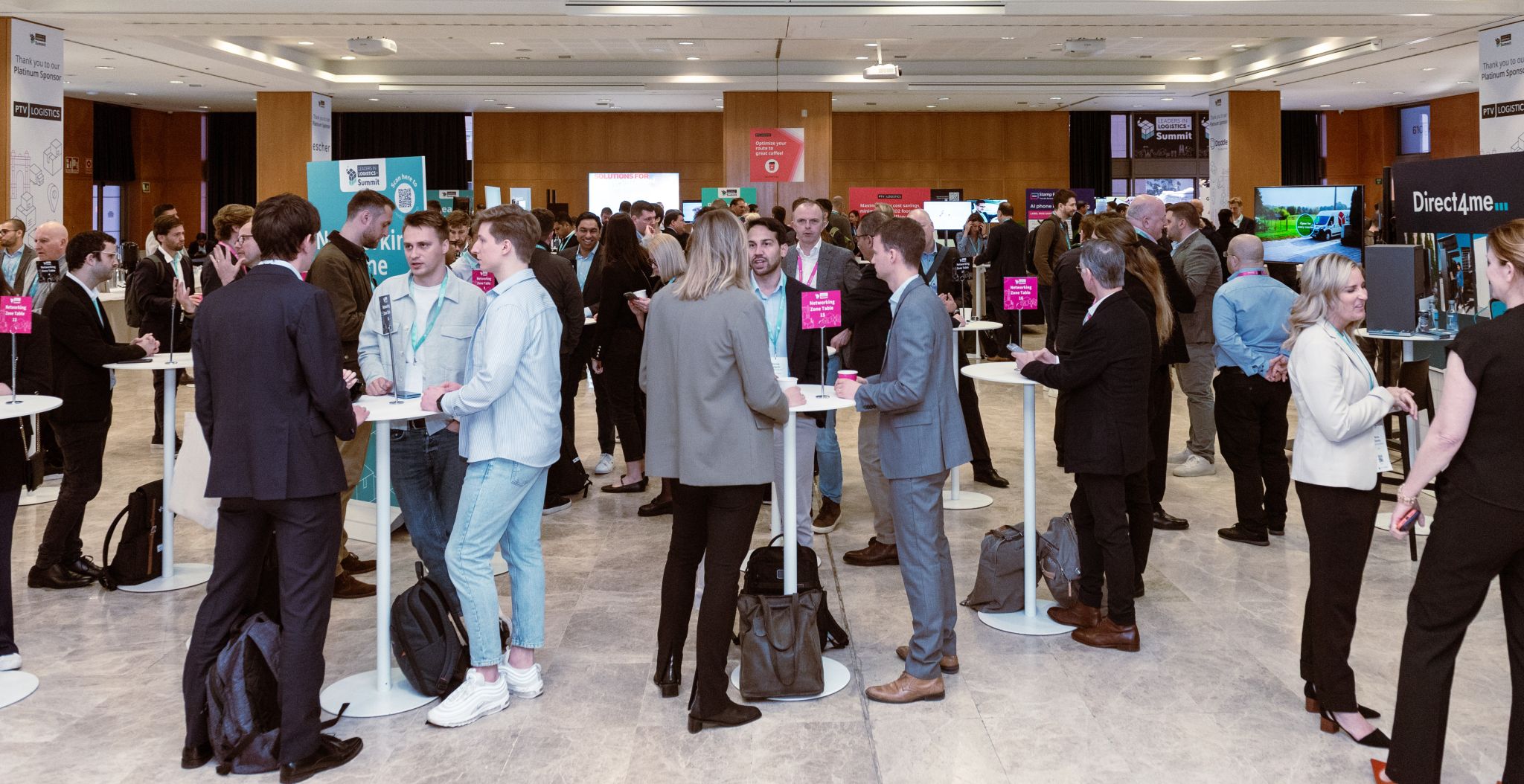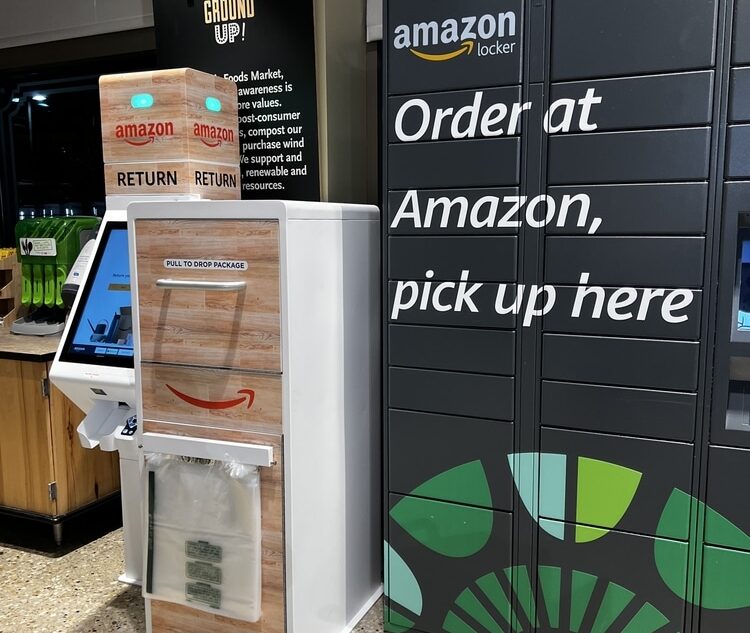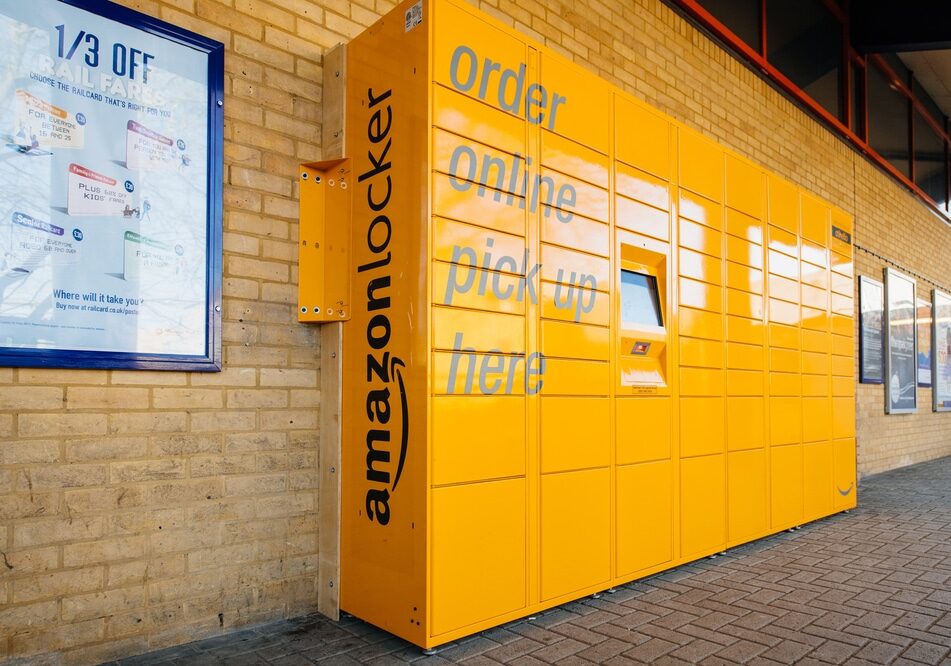Insight / Blog
Why the pickup and dropoff (PUDO) format is taking off in the US
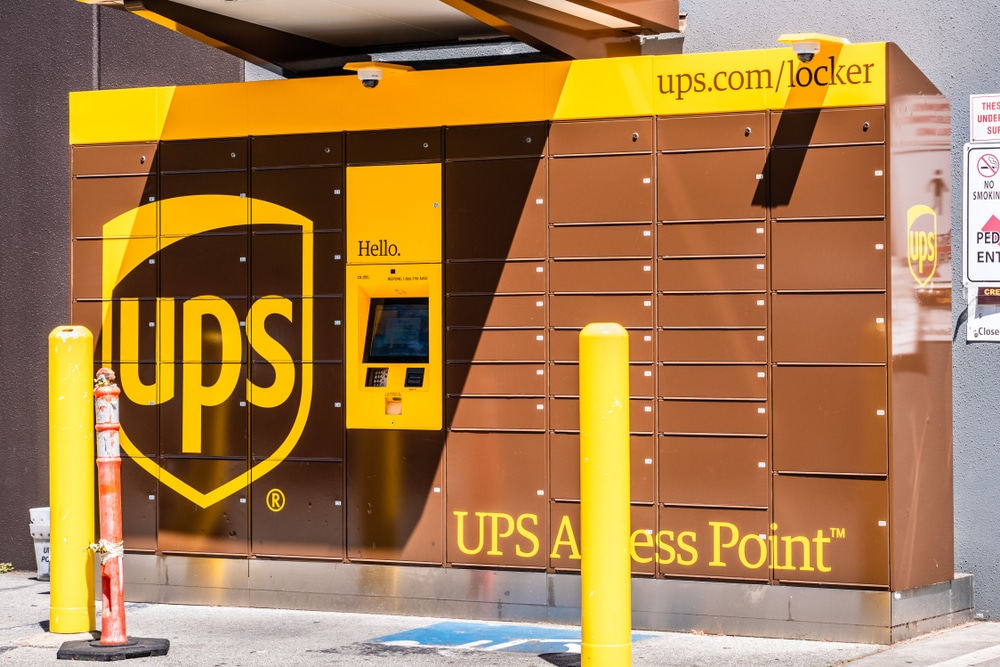
The parcel delivery market is rapidly evolving as carriers begin to shoulder more of the last-mile burden. The future is in consolidation and PUDO.
We see two trends driving the market in the US. Firstly, USPS is not the dominant force it once was. Secondly, the PUDO format is becoming an effective response to many of the problems plaguing the last mile.
USPS is no longer the answer for carriers
The last mile is painful territory, especially in areas where low density means longer journeys to deliver the same volume of parcels. Historically, USPS has been the beast carrying that burden, thanks to its Parcel Select last-mile service and USO, or Universal Service Obligation (the requirement for USPS to deliver to and pick up from every address).
However, parcel volume growth and consistently increasing demand led USPS to increase rates and then change its pricing model. It now commonly decides rates based on package dimensions rather than weight, which effectively amounts to a further price increase. The increasing cost of using USPS’ Parcel Select has made it more attractive for carriers like FedEx, UPS and Amazon Logistics to cut out the Parcel Select service and in-house their last-mile delivery.
In the case of FedEx, they are entirely pulling away from USPS and an estimated two million daily parcels will fall out of the network by the end of 2020. Amazon has chosen to massively scale back its use of USPS, using its own carrier arm to deliver to urban and semi-urban areas with high densities and lower costs per parcel. It retains USPS to perform the suburban and rural deliveries which are innately more expensive, with longer journeys to deliver fewer parcels.
Now carriers are owning the last mile themselves
It’s not just that USPS Parcel Select is now more expensive. There’s a broader trend towards in-sourcing the last mile of delivery, with FedEx expanding its Freight Direct last-mile service in time for this holiday season. UPS has an extensive background in the last mile already, and Amazon has taken 25% of its own parcel volume through its Amazon Logistics, using third party contractor firms to quickly spin up new capacity where it’s needed.
The reasons are simple – over time, paying for USPS makes less sense than building the infrastructure and capacity to be paid to do last mile fulfilment themselves. They grow their revenues in the long run and see a return on the investment. Secondly, they control the fulfilment journey from end to end.
The impact of these decisions is starting to be felt. After nearly a decade of ecommerce-powered growth, USPS parcel and shipping traffic growth was a meager 0.6% for FY2019, in a market which grew 2%. On the flipside, revenue was up more than 6% – in part thanks to the price increases we touched on earlier.
In-sourcing won’t change the nature of the beast
The challenge of last mile delivery is severe for retailers, carriers and USPS alike. The current percentage of to-door deliveries is likely untenable in the longer term. Already there are social consequences to the mass of parcels passing through cities and towns on their way to each individual doorstep and consumers are starting to understand the impact.
Bringing the last mile inhouse doesn’t make any of these problems go away – indeed they loom rather larger than before once carriers are starting to pay for the fuel costs and worrying about the practicalities of to-door deliveries.
Enter our second key trend in US consumer fulfilment: the advancement of in-store collection and returns, and pick-up/drop-off (PUDO) locations. The former refers to retailers accepting returns and offering ecommerce order collection in their own stores, and the latter to the use of convenience stores, grocers, gas stations, offices et cetera as accessible delivery points where consumers can pick up their ecommerce order or drop off a return. These can be staffed counters (think Amazon Hub Collect in Kohl’s or UPS Access Points) or unmanned lockers (which UPS, Amazon and others offer).
One of the crucial possibilities PUDO formats provide is the reduction of the negative externalities associated with the last mile, allowing the same volume of parcels without clogging streets and polluting the air. Consumers, retailers and carriers are all stakeholders with an interest in making this happen.
UPS now incentivizes customers to use its Access Point service, offering up to $35 worth of rewards in exchange for customers choosing Access Point locations as their preferred alternative delivery location. FedEx partners with Dollar General, Kroger, Walgreens and other major national chains to offer PUDO points.
Pulling ahead in PUDO
As usual, Amazon is leading. It already has one of the largest PUDO networks in the world and is continually expanding with new host partners.
The motivation is clear. Cutting ties with USPS for urban deliveries and replacing them with small third-party logistics businesses reduced costs and ensured faster deliveries. Opening thousands of pickup and dropoff locations in businesses like Kohl’s, GNC, Health Mart, & Rite-Aid is the next step to enable cheaper, faster deliveries for its shoppers. By delivering en masse to a PUDO location, the driver doesn’t need to worry about whether the homeowner is in to accept a delivery, where to store it if they aren’t or how quickly they need to get to the next address. Hundreds of parcels can be dropped to a single place which is guaranteed to be open during its business hours. Consumers already visit these businesses as part of their daily and weekly routines. The host partner gets incremental foot traffic and revenue from consumers who come in to collect their ecommerce orders. Amazon gets to offer more reliable and often more convenient delivery options, improving its customer experience and customer loyalty.
This phenomenon is taking off elsewhere in the world, but the US has been relatively slow to pick up on it. This is in part because consumers are less familiar with the proposition – it’s hard to show demand for a proposition which doesn’t exist in your market, after all – and partly because the economics of home delivery were less painful for retailers and carriers while they could use the USPS Parcel Select service at its traditionally low prices. Now, spurred by innovation from retailers like Amazon, Target and Walmart, plus increased rates with Parcel Select, PUDO networks are increasingly relevant and powerful.
Topics:
Related articles
Lessons from a decade in the first and last mile
A decade as Doddle taught us some lessons - and Blue Yonder helps us see what will matter in the next decade.
Parcel lockers vs parcel kiosks: which is best for parcel drop-off?
We explore the benefits and drawbacks of parcel lockers and kiosks to help decide the best self-service solutions.
What do out-of-home networks look like in the UK?
We dive into the biggest logistics operators and their current OOH networks in the UK


